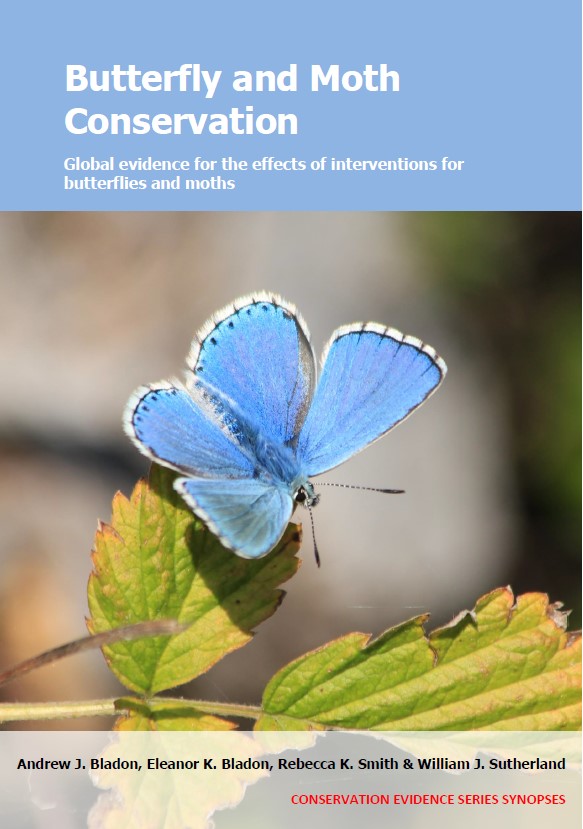Manage perennial bioenergy crops to benefit butterflies and moths
-
Overall effectiveness category Awaiting assessment
-
Number of studies: 1
View assessment score
Hide assessment score
How is the evidence assessed?
-
Effectiveness
not assessed -
Certainty
not assessed -
Harms
not assessed
Study locations
Supporting evidence from individual studies
A replicated, controlled study in 2009–2010 on an arable farm in Iowa, USA (Myers et al. 2012) found that plots planted with a diverse mix of bioenergy crops had a higher abundance and species richness of butterflies than plots with a restricted range of grass species. On plots sown with 16 or 32 plant species, both the abundance (4–8 individuals/50 m) and species richness (3–5 species/month) of butterflies were higher than on plots sown with one or five plant species (abundance: 1–3 individuals/50 m; richness: 1–3 species/month). The difference was consistent across sandy loam, loam and clay loam soils. See paper for individual species results. In May 2009, forty-eight 0.30–0.56 ha plots were established across seven fields (3.7–6.1 ha) previously sown with soybean on a 40-ha farm. In each plot, one of four native seed mixes was sown: switchgrass Panicum virgatum monoculture, “warm-season mix” (five grasses), “biomass mix” (16 grasses, legumes and non-woody, broadleaved plants “forbs”), or “prairie mix” (32 grasses, legumes, forbs and sedges). There were four replicates of each mix on each of three soil types: sandy loam, loam and clay loam. All plots were mown to 10 cm height in July 2009. From June–September 2010, butterflies were surveyed along one 50-m transect/plot twice during each of five survey periods.
Study and other actions tested
Where has this evidence come from?
List of journals searched by synopsis
All the journals searched for all synopses
This Action forms part of the Action Synopsis:
Butterfly and Moth Conservation
Butterfly and Moth Conservation - Published 2023
Butterfly and Moth Synopsis





)_2023.JPG)














